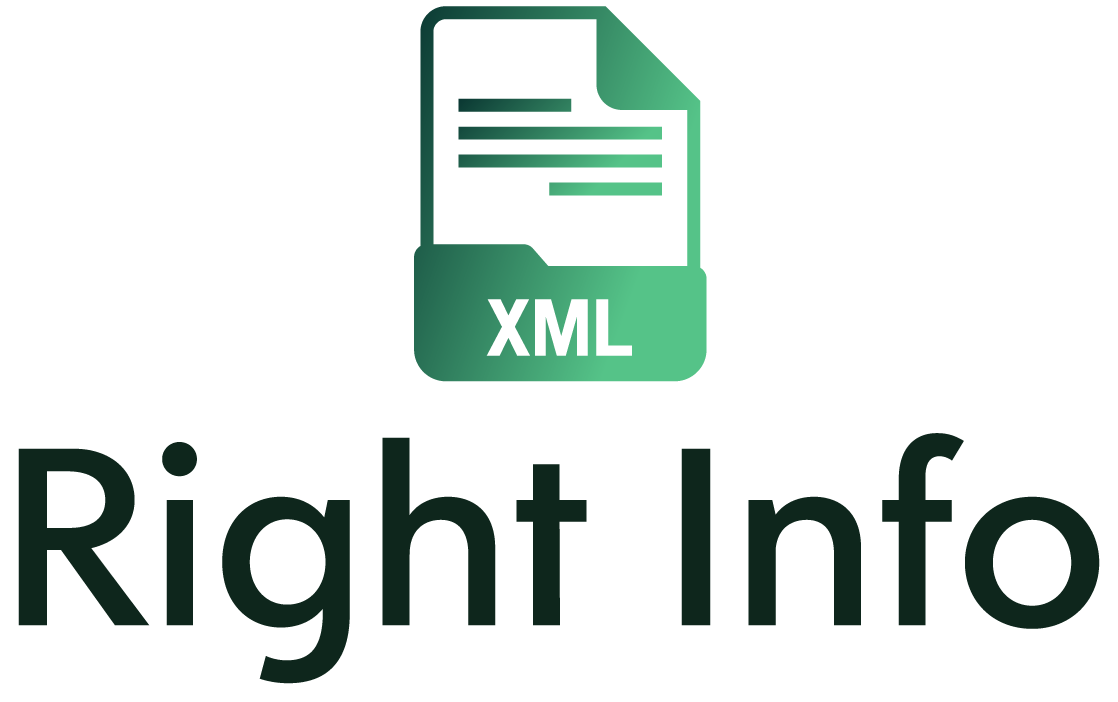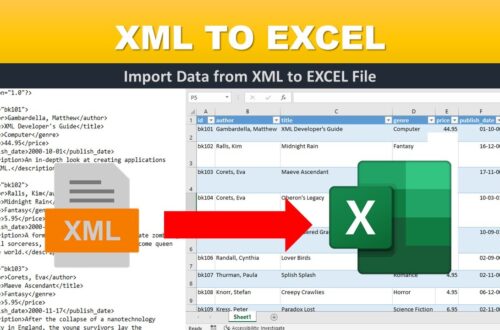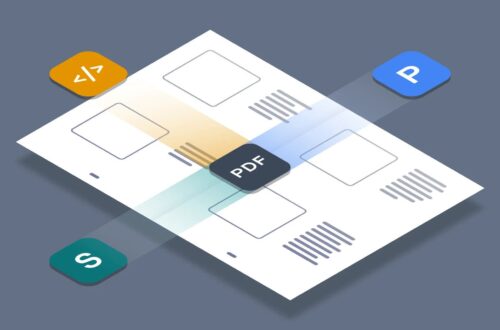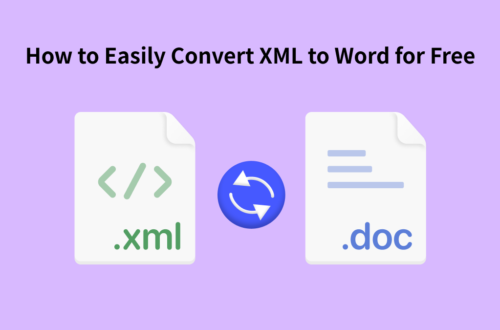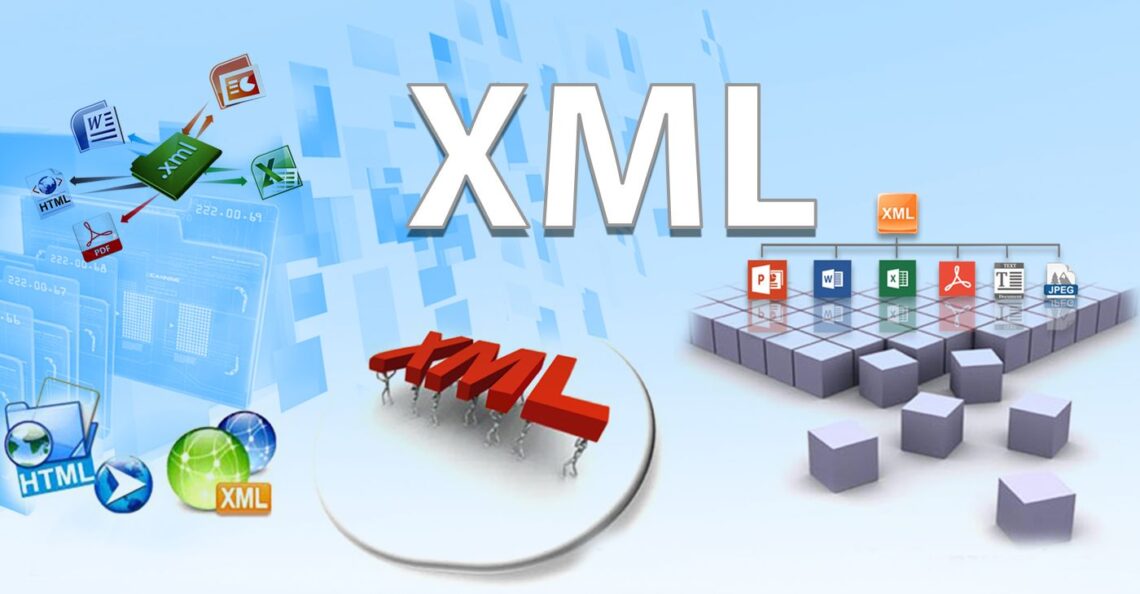
Unleashing the Power of XML Conversion: Your Guide to Versatile Data Transformation
Data transformation has become a critical aspect of managing and utilizing information effectively. XML (eXtensible Markup Language) conversion stands out as one of the most versatile methods for transforming data into various formats. Whether you’re a tech enthusiast, a business professional, or a curious learner, understanding the power of XML conversion can open up a world of opportunities for you. We’ll dive deep into the world of XML Converter, exploring its benefits, use cases, and how it plays a pivotal role in modern data management.
Realization XML Conversion
XML conversion is the process of transforming data from one format to another using the eXtensible Markup Language. XML’s structural flexibility and self-descriptive nature make it an ideal choice for data transformation tasks. It allows you to store and organize data in a way that is both human-readable and machine-understandable.
Benefits of XML Conversion
XML conversion offers a plethora of benefits. It enables seamless data exchange between disparate systems, simplifying integration processes. XML’s platform-independent nature ensures that data can be transferred and interpreted accurately across different devices and operating systems. Additionally, XML’s extensibility makes it adaptable to changing data requirements without compromising on integrity.
XML in Data Interchange
XML plays a crucial role in data interchange between applications. Its standardized structure ensures that data is well-defined and can be easily parsed and processed. This is especially valuable in scenarios where different systems need to communicate and share information reliably.
Step-by-Step XML Conversion Process
- Data Analysis: Understand the source data format and the desired output format.
- Mapping: Create a mapping between the source and target formats.
- Parsing: Extract data from the source and structure it according to the mapping.
- Transformation: Convert the parsed data into XML format based on predefined rules.
- Validation: Ensure the generated XML adheres to the defined schema and rules.
- Testing: Validate the XML by performing tests and resolving any discrepancies.
Tools for XML Conversion
When it comes to XML conversion, a variety of tools are available to assist in the process, catering to different levels of expertise and specific needs. These tools offer functionalities that simplify data transformation and ensure the accuracy and integrity of the converted XML files. Here are some notable tools for XML conversion:
- Notepad++: This popular text editor offers XML syntax highlighting, making it easier to work with XML files. While it lacks advanced conversion features, it’s a simple and accessible option for basic XML editing.
- XML Notepad: Developed by Microsoft, XML Notepad provides a user-friendly interface for viewing and editing XML documents. It offers features like tree-based navigation and automatic tag completion.
- Altova XMLSpy: Known for its robust features, XMLSpy offers a comprehensive set of tools for XML editing, validation, and conversion. It supports various XML standards and includes a graphical XML schema editor.
- Oxygen XML Editor: Oxygen XML Editor is a professional-grade tool that caters to developers and content authors alike. It provides a wide range of XML-related features, including conversion, schema validation, and XSLT transformation.
- Stylus Studio: This tool focuses on XML conversion and data integration. It offers a visual mapping feature that simplifies the process of mapping source data to target XML structures.
- JSON to XML Converter: Online converters like JSON to XML Converter are helpful for quick conversions between JSON and XML formats. They’re useful for developers who need to switch between these formats without installing dedicated software.
- CSV to XML Converters: Similar to JSON converters, online tools that convert CSV to XML are practical for users who need occasional conversions without delving into complex tools.
- Excel with VBA Macros: For users familiar with Microsoft Excel, creating custom VBA macros can facilitate XML conversion. This approach is useful when you have a specific format or layout in mind.
- Programming Languages: Languages like Python offer libraries and modules for XML processing and conversion. This option is suitable for developers who prefer coding their own conversion scripts.
- Online XML Converters: Various websites provide online XML conversion services. These platforms accept input in various formats and generate XML output, simplifying the conversion process for non-technical users.
Use Cases of XML Conversion
- Document Conversion: Converting documents from formats like DOCX or PDF to XML for better content management.
- Database Migration: Migrating data from relational databases to XML for enhanced flexibility.
- Web Data Extraction: Extracting data from websites and converting it into XML format for analysis.
Enhancing Data Accessibility with XML
XML’s hierarchical structure enhances data accessibility. Information can be organized into elements and attributes, allowing for targeted retrieval and manipulation.
XML vs. Other Data Formats
When comparing XML to other data formats, such as JSON and CSV, it’s important to understand the distinctive features each format offers. XML, or eXtensible Markup Language, stands out for its self-descriptive nature and hierarchical structure. This allows data to be stored in a way that’s both human-readable and machine-understandable, making it a reliable choice for various applications. On the other hand, JSON (JavaScript Object Notation) is known for its simplicity and lightweight syntax, making it a popular choice for web applications and APIs. JSON is often used when data needs to be quickly and easily transmitted between a server and a web page. CSV (Comma-Separated Values), on the other hand, is a simple tabular format that’s widely supported by spreadsheet software. While it lacks the hierarchical structure of XML and the complex data types of JSON, it remains a straightforward option for representing data. The choice between these formats depends on factors such as data complexity, application requirements, and compatibility with existing systems.
| Aspect | XML | JSON | CSV |
| Structure | Hierarchical, tree-like | Key-value pairs, objects | Tabular |
| Readability | Human-readable | Human-readable | Human-readable |
| Data Types | Support for complex data types | Limited data types | Text-based |
| Self-Descriptive | Yes | No | No |
| Use Cases | Document storage, data exchange | Web APIs, configuration files | Spreadsheet data |
| Complexity | Can be complex | Simple and concise | Simple |
| Integration | Suitable for data interchange | Widely used in web development | Widely supported in software |
| Popularity | Commonly used | Commonly used | Commonly used |
Best Practices for Successful XML Conversion
- Clear Mapping: Define a clear mapping between source and target formats.
- Consistent Naming: Maintain consistent naming conventions for elements and attributes.
- Error Handling: Implement robust error handling mechanisms.
- Testing: Thoroughly test the converted data across different scenarios.
Future Trends in XML and Data Transformation
The future of XML conversion lies in seamless integration with emerging technologies like AI and IoT. XML’s adaptability will continue to play a vital role in handling diverse data sources.
Overcoming Challenges in XML Conversion
Challenges include complex transformations, data loss risks, and compatibility issues. However, with careful planning and appropriate tools, these challenges can be overcome effectively.
Security Considerations for XML Files
XML files may contain sensitive information. Implement encryption and access controls to safeguard data during and after conversion.
Implementing XML Conversion in Your Workflow
- Identify the need for data transformation.
- Choose the appropriate XML schema.
- Select the right conversion tools.
- Develop a comprehensive conversion strategy.
- Monitor and refine the process based on outcomes.
XML Conversion in E-Commerce
XML conversion empowers e-commerce businesses to manage product catalogs, inventory, and customer data efficiently. It enables seamless integration between different platforms and marketplaces.
Consequence
XML conversion is a powerful technique that unlocks the potential of data transformation. Its versatility, combined with a structured approach, ensures that data can be converted into various formats while retaining its integrity and usability. As technology continues to evolve, embracing XML conversion opens the door to effective data management, streamlined processes, and innovative solutions.
FAQs
Q1: Is XML conversion suitable for all types of data? A: XML conversion is versatile and can be applied to various types of data, including text, numbers, and structured information.
Q2: Are there any limitations to XML conversion? A: XML conversion might face challenges with extremely complex transformations or when dealing with unstructured data.
Q3: How does XML differ from HTML? A: XML focuses on data structure and is used to store and transport data. HTML, on the other hand, is used for creating web pages and displaying content.
Q4: What role does XML play in data integration? A: XML provides a standardized format for data exchange between different systems, enabling smooth data integration.
Q5: Where can I learn more about XML schemas? A: You can find detailed resources on XML schemas on various online platforms and developer documentation.

